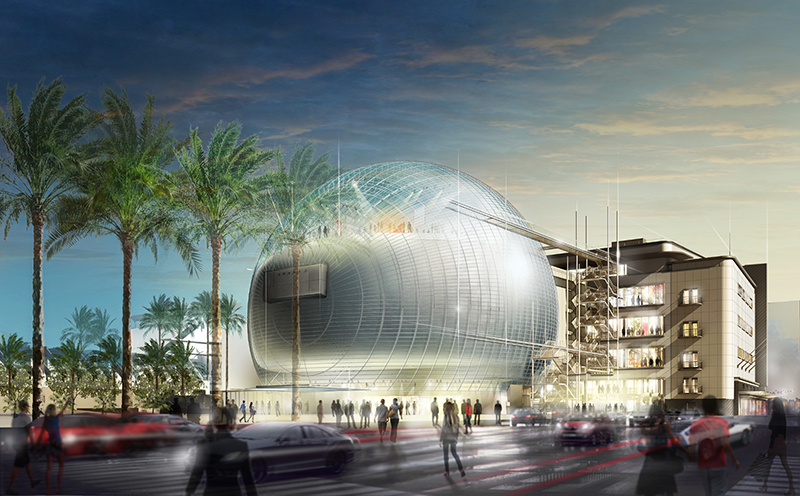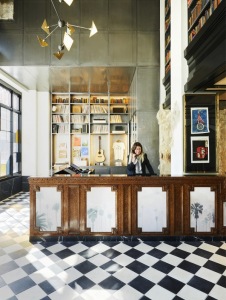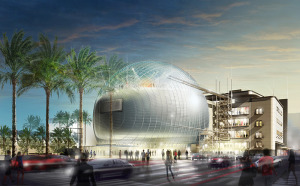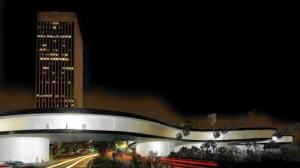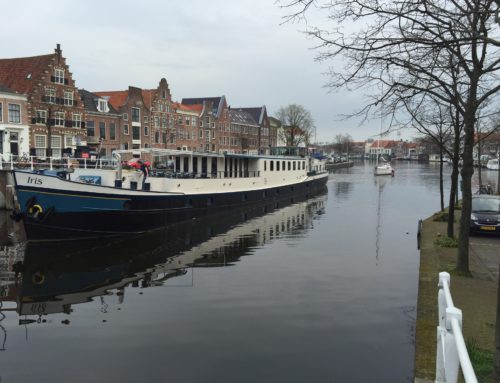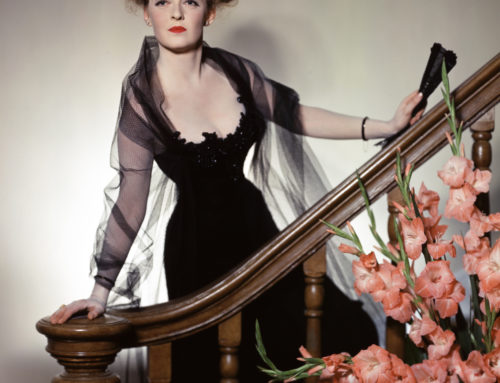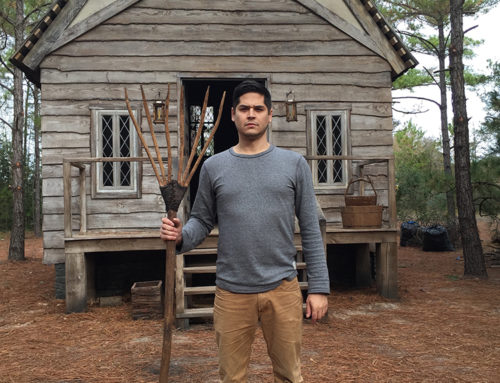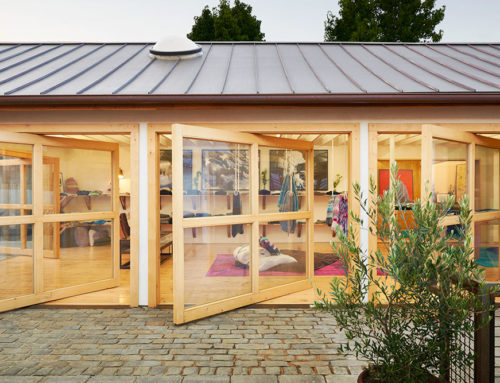(Ace Hotel photo by Spencer Lowell)
I can’t resist. At this time of year, writers seem compelled to share their opinions on the best and worst. It’s fun for us, and it’s fun for you. Right? So, let’s get to it.
-
Best: The Ace Hotel in downtown Los Angeles, which opened in January 2014. This 1920s former office building and luxurious theater have been imbued with a modern touch, but with a respect for its rich and fascinating history. And the icing on the cake? The hipster-created hotel demonstrates that many young adults do indeed have a reverence for our history and for the need to preserve our architectural treasures of past eras. However, recent news that The Ace could be shut down because of a pending sale is disturbing.
- Best: The spectacular fire last month that destroyed the downtown Los Angeles Da Vinci apartment complex under construction. That might sound a little twisted – particularly since investigators have concluded the blaze was deliberately set – but let’s face it: nobody with any taste at all is lamenting the loss. With its vile derivative Mediterranean design, the G.H. Palmer project is a throwback to the days of L.A.’s worst fortress architecture. It’s just too bad that the project will likely be rebuilt and that Palmer has littered the downtown landscape already with the similarly hideous Orsini complex on North Figueroa and the Visconti on West Third Street.
-
Worst: The Beverly Hills Planning Commission’s 4-1 vote in December to revamp an historic preservation ordinance that was sorely needed and won widespread praise. The new ordinance – which will be considered by the City Council this month – will significantly curb the number of homes that will be considered for landmark status, among other things. Too many of us have worked andcontinue to work hard to preserve the many architectural gems and historically significant buildings in Beverly Hills to sit by idly while the ordinance is watered down. As a member of the Beverly Hills Heritage Board, I will join the organization’s fight against this proposed revamp – and I’m certain the Los Angeles Conservancy and many others will do the same, as well.
-
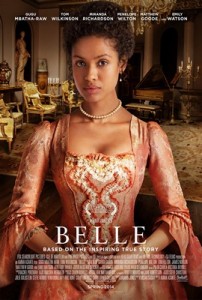
Simon Bowles deserves an Oscar nomination for his lush – and mostly historically accurate – production design for the 2014 period film, “Belle.”
Best: The production design for Belle, a 2014 British period drama film that takes place in 18th-century England and gets the lush aristocratic interiors of that time exactly right (except for a pair of chairs I spotted that didn’t belong to that era). Production designer Simon Bowles deserves an Oscar nomination for his work.
- Best: Rediscovering La Casa Nueva in the City of Industry. This is a spectacular example of Spanish Colonial Revival, complete with beautiful tiles, wrought-iron work and fountain courtyard. What was particularly inspiring about it – 15 years after my last visit – was that a government agency (in this case, the municipality of the City of Industry) is an excellent caretaker of this historically significant building. As a member of the board of the Foundation of The Adamson House in Malibu – another lovely Spanish Colonial Revival home – I’m hopeful that the State of California and the Foundation, the guardians of the house, will be able towork together follow the example of the City of Industry and fund the historic renovations sorely needed at the 1920s-era home.
- Worst: Architect Peter Zumthor’s proposed design for a new Los Angeles County Museum of Art, dubbed the “Inkblot” for the shape and color of a new bridge-like section of the building that would span Wilshire Boulevard. Trust me, I’m no fan of the current LACMA; it’s a behemoth with a scary, imposing, fortress-like exterior and a bunch of ho-hum 70s-era galleries that definitely do need replacing. What worries me is that too many architects are so wrapped up in what they think is radical and attention getting that many of their designs are incohesive and untenable and don’t allow for good flow. Like Kim Kardashian, architects like Pritzker-winning Zumthor are so keen on shock value that they have lost the notion of beauty.
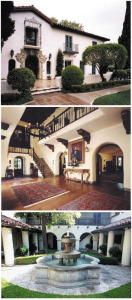
The City of Industry is an exemplary guardian of the spectacular and historically significant La Casa Nueva.
(P.S. Don’t even get me started on the Academy of Motion Picture Arts & Sciences travesty of a design for its next-door-to-LACMA planned museum: Another hotshot architect, Renzo Piano; another “What are they thinking?”)
- Best: Revisiting the Le Corbusier-designed Unité d’Habitation (Housing Unit) in Marseille, France. Built between 1947 and 1952 as a mixed-use complex with 337 apartments arranged over 12 stories, the building also incorporates shops with architectural bookshop, sporting,medical and educational facilities, a hotel and a restaurant. It’s pure Brutalist architecture and could even be mistaken for a Cold War-era Soviet apartment complex. I’m generally not a big fan of architectural modernism and, on my last visit 20 years ago as a design student, I was still trying to wrap my head around Unité. I thought it was ugly. But on a 2014 trip I understood what Le Corbusier was trying to accomplish. The idea was to create a self-sustaining community where residents would not have to venture out of the building for most of their needs. It was a revolutionary concept at the time, but is now practiced commonly throughout the world.
- Best: Discovering the Hotel Figueroa in downtown Los Angeles. The beguiling hotel – taken from the pages of “Arabian Nights” – has been around for years, but I just discovered it in 2014. It is an homage to beautiful Moroccan, Egyptian, Spanish and Mexican interiors. With its deep, rich colors, gorgeous tile work and lovely details throughout, Figueroa is a rarity in L.A., with its plethora of ultra-modern hotels. My only concern is that Figueroa has reportedly been sold recently, and we all know what can happen to beautiful hotels in the wrong hands.
- Best: A rejuvenated La Brea that holds interior design treasures. Many La Brea businesses suffered during the recent recession, with boarded-up retail spaces, but the avenue is making a very nice comeback. You could easily spend a day getting lost in a wide range of stores that hold everything from 19th-century bookcases to mid-century modern lighting fixtures on a stretch of the thoroughfare from Wilshire to Melrose.
Eleanor Schrader is an award winning architectural and interior design historian, professor and consultant who lectures worldwide on the history of architecture, interiors, furniture, and decorative arts. Follow her on Facebook and Twitter.



